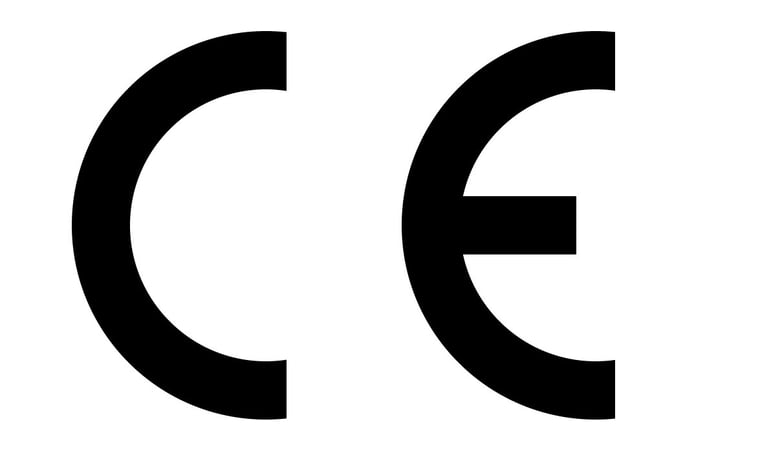Legacy devices under the EU MDR/IVDR

The EUs new regulatory framework for medical devices entered into force in May 2021. As part of its transitional arrangements, the new EU MDR and IVDR each contain a number of provisions aimed at legacy devices. Guidance documents from the MDCG[1] add some clarity to these provisions. However, it is important for manufacturers to understand how the arrangements apply to their specific devices.
Definition of "legacy devices"
The term ‘legacy devices’ refers to those medical devices which have obtained CE certification under the old regulations,[2] and which continue to be placed on the market on this basis after the date of application of the new regulations (i.e. 26th May 2021 for the MDR and 26th May 2022 for the IVDR). This differs from the concept of an ‘old device’ which has obtained CE certification under the old regulations, but which is not placed on the market after the date of application.
A key requirement for legacy devices is that the CE certification under the old regulations must have been obtained following a notified body conformity assessment. Devices which do not have to undergo a notified body assessment (i.e. Class I medical devices and Class A IVDs) must transition immediately to the new medical device regulations. This is because they are placed on the market on the basis of a self-certification, meaning they do not require the flexibility afforded to legacy devices.
Requirements for legacy devices
Legacy devices are generally allowed to stay on the EU market until either their old CE certificate expires or the MDR/IVDR transition period ends, whichever happens first. The current transition period deadlines for legacy devices are:
- May 2025 – for Class D IVDs,
- May 2026 – for Class C IVDs,
- May 2027 – for Class B and Class A (sterile) IVDs, as well as Class III and Class IIb (implantable) general medical devices,
- May 2028 – for Class IIb (non-implantable), Class IIa and Class I (sterile, measuring, or reusable) general medical devices.
After these transition deadlines pass, all legacy devices will be required to obtain CE marking under the new medical device regulations in order to stay on the market in the EU.
However, even during the transition periods, legacy devices must still meet some of the requirements of the new medical device regulations. In particular, manufacturers must register their legacy devices in EUDAMED within 24 months of the database becoming fully functional. The database is currently expected to become fully functional in Q2 of 2024, meaning legacy devices will have to be registered by Q2 of 2026.[3] This is a requirement regardless of whether or not the device has transitioned over to the new regulations before this date.
In addition, manufacturers must also apply the post market surveillance obligations set out in the new medical device regulations to legacy devices. This includes the requirement to prepare periodic safety update reports (PSURs) which should be made available to the notified body. PSURs should be updated annually for Class IIb/III medical devices, as well as Class C/D IVDs. For Class IIa devices, PSURs are required to be updated every two years, meaning this Class of legacy devices are currently approaching the deadline for their first submission.
Application of Article 97 flexibility to legacy devices
Article 97 of the EU MDR (and its equivalent Article 92 of the EU IVDR) states that manufacturers may request that national Competent Authorities allow their legacy devices to stay on the market for a set period of time after the old CE certification has expired. To rely on this flexibility, manufacturers must be able to demonstrate:
- that their device does not present an unacceptable risk to health and safety, and
- that reasonable efforts have been made to obtain CE certification under the new MDR (meaning, at the very least, that an application for conformity assessment must have been lodged with a notified body).
If the national Competent Authority agrees to provide Article 97 flexibility, it shall set a deadline by which the manufacturer must obtain CE certification under the new MDR. The appropriate timeframe is to be determined by the Competent Authority on a case-by-case basis, although generally it should not exceed 12 months. Where a legacy device does not obtain CE certification before the Competent Authority’s deadline, it should be withdrawn from the market immediately.
Ultimately, while Article 97 does provide some flexibility for legacy devices, it does not erase the fact that all devices will eventually have to transition over to the new regime. It is recommended that manufacturers start this process sooner rather than later since the increased demand for the services of notified bodies has resulted in significant delays in the certification process.
How we can help
Regtik, our healthcare regulatory explorer tool, can help you navigate the legal maze by walking your product through a series of simple questions designed to determine whether it qualifies as a medical device under the new MDR/IVDR, if so, what class it falls under. It is also able to provide advice on the specific requirements that apply to devices under the new EU regulations.
If you are interested in learning more about Regtik or would like to request a demo, please contact any member of our team or register your interest below.
[1] See, in particular, MDCG 2021-25
[2] Namely, Directive 90/385/EEC (the AIMDD), Directive 93/42/EEC (the MDD) and Directive 98/79/EC (the IVDD)
[3] For more information on the EUDAMED timeline, see our blog “Spring 2024 target for EUDAMED”




